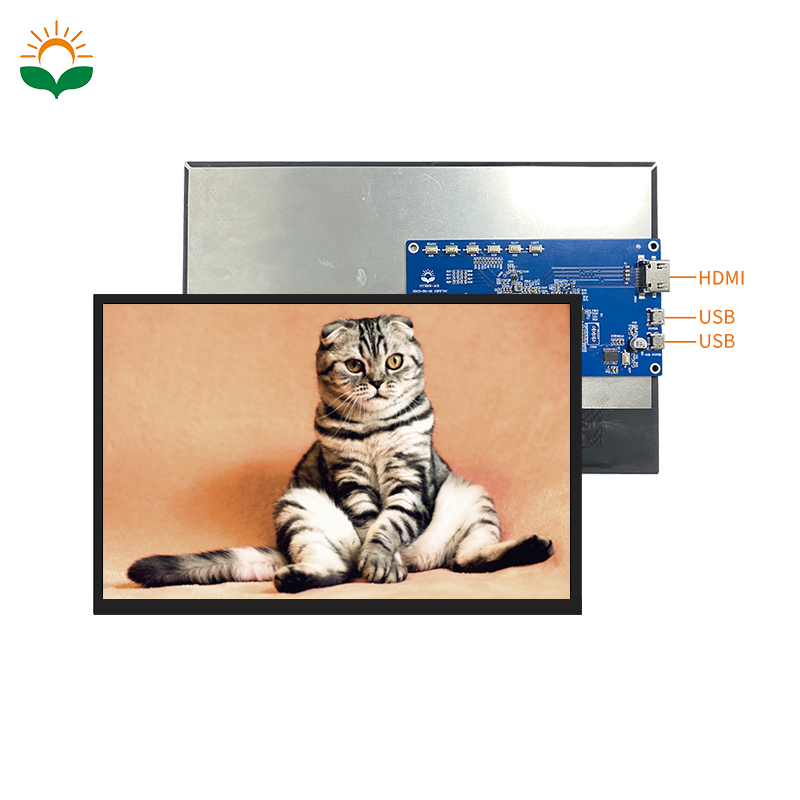Liquid crystal modules empower smart healthcare, and high-reliability display solutions lead the innovation wave in medical devices.

As the global medical industry accelerates towards digitalization, intelligence, and portability, liquid crystal modules, as the core component of human-computer interaction, are playing an increasingly crucial role in the medical device sector. With their continuously improving technical performance and reliability, they have broad market prospects and expanding application scope.
I. Prospects: The market has immense potential and strong growth momentum.
The medical device industry has extremely strict requirements for the precision, stability, environmental adaptability and biological compatibility of display components. The liquid crystal module technology, especially TFT-LCD, OLED and the emerging Micro-LED technology, have been continuously overcoming the limitations of traditional displays and precisely meet these high-end demands. According to industry analysis reports, in the next five years, the global medical display market, especially the liquid crystal modules used in high-end imaging diagnosis, surgical navigation, patient monitoring and other fields, will maintain a steady growth trend.
The liquid crystal module has been deeply integrated into every aspect of medical devices, and its application scope is extremely wide:
1. Diagnostic Imaging Equipment: In large imaging devices such as CT, MRI, DR (Digital X-ray Photography), and ultrasound diagnostic instruments, high-resolution and high-gray-scale medical professional displays are the foundation for doctors to make precise judgments. They can clearly present subtle tissue structures and lesions, ensuring the accuracy of the diagnosis.
2. Surgical and Therapeutic Equipment: In endoscopes, surgical robots, and ophthalmic laser treatment instruments, miniaturized and highly integrated liquid crystal modules provide doctors with real-time, high-definition surgical views, which is crucial for the implementation of minimally invasive surgeries. Their fast response time and color reproduction capability directly affect the efficiency and safety of the surgery.
3. Patient Monitoring Equipment: On monitoring devices such as monitors, electrocardiogram machines, and ventilators, liquid crystal modules provide real-time, stable display of key parameters such as heart rate, blood pressure, and blood oxygen saturation, requiring high contrast and wide temperature working capabilities to ensure clear visibility of information in various emergency situations.
4. Portable and Home Medical Devices: Blood glucose meters, portable ultrasound, electronic thermometers, and intelligent medicine boxes widely use low-power, miniaturized liquid crystal displays, facilitating patients to conduct health management at any time and place, thereby enhancing the accessibility of medical services.
5. Laboratory Analysis Equipment: In devices such as blood analyzers and biochemical analyzers, liquid crystal modules serve as the human-computer interaction interface, used for setting parameters, displaying processes, and outputting results.
III. Trend of Popularity: Intelligence, Integration, Specialization
Currently, the development of medical LCD modules exhibits the following several distinct trends:
· High integration and intelligence: Touch control functions (capacitive and resistive types) have become standard features. Combined with embedded systems, they enable more intuitive operations. At the same time, integrated sensors (such as ambient light sensors) and intelligent dimming technologies can automatically adapt to the environment and reduce the visual fatigue of medical staff.
· Special display technologies are widely adopted: Anti-glare, wide temperature range (especially low temperatures), high brightness (for outdoor or strong light environments), and antibacterial coatings, etc. are special technologies that are widely used to meet the needs of complex clinical environments.
· Diverse shapes and flexibility: Irregular cutting and ultra-narrow bezel designs help the equipment achieve a more compact structure. With the development of flexible display technology, breakthroughs may be achieved in wearable medical devices and implantable device monitoring displays in the future.
· Interconnection and remoteization: Display modules that support wireless data transmission facilitate the equipment's connection to hospital information systems or the cloud, providing support for remote diagnosis and consultation, which is an important part of the construction of smart hospitals.
IV. Core Functions: Precise Visualization, Efficient Interaction, Reliable Assurance
In medical devices, the role of liquid crystal modules is far more than just "displaying":
· Ensure diagnostic accuracy: Providing non-destructive and true image and data display serves as the direct basis for doctors to make correct clinical decisions.
· Enhance operational efficiency: The intuitive graphical interface and touch interaction simplify the operation process of complex equipment, reducing the training time for medical staff.
· Improve equipment reliability: Working stably in harsh environments such as vibration, temperature and humidity changes, and corrosion from disinfectants, ensuring the continuity and safety of the medical process.
· Improve patient experience: The clear and understandable display interface helps patients better understand their own conditions and follow the treatment plan in home care and chronic disease management.
Conclusion

The liquid crystal module serves as the "eyes" and "window" of modern medical devices, and its technological evolution is closely linked to the innovation of medical devices. In the future, with the continuous breakthroughs in medical technology, the requirements for display technology will become increasingly precise and diverse. The liquid crystal module industry will continue to provide solid support for the progress of global medical and health undertakings with high reliability, high performance and intelligent solutions, and will open a new chapter in smart healthcare.


